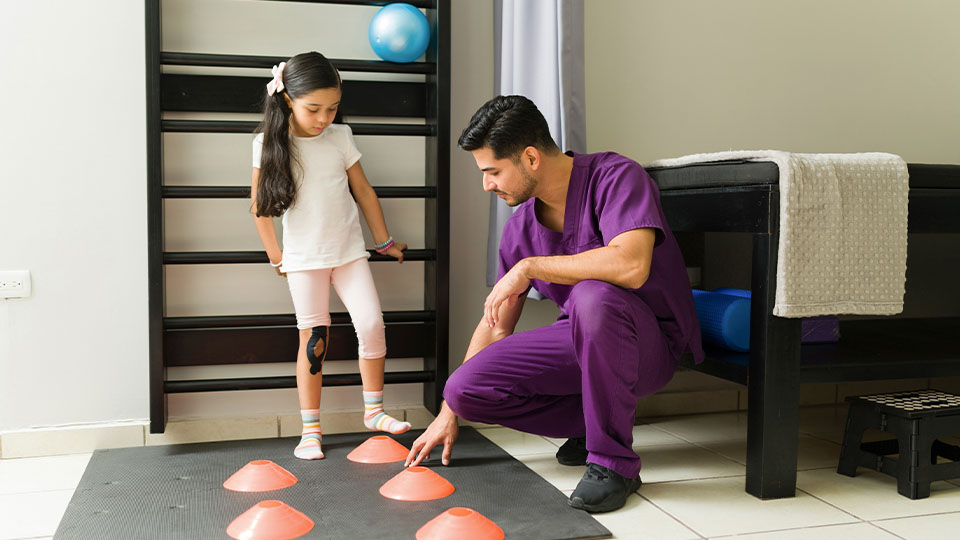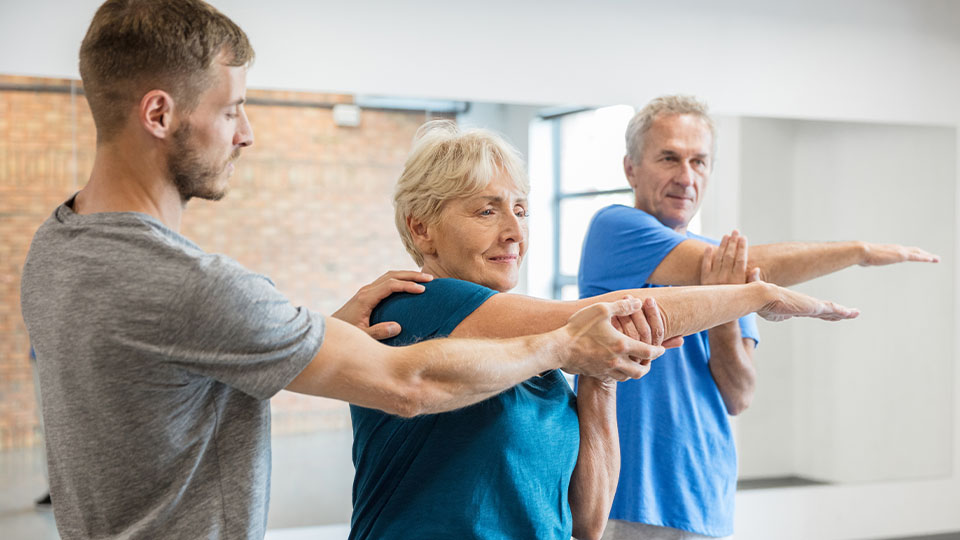Kinesiology
You’re drawn to the idea that movement is more than motion — it’s medicine, motivation and a path to lifelong well-being. In Oregon State University’s online bachelor’s program in kinesiology, you’ll explore how physical activity affects health, prevents disease and supports quality of life at every age. With a focus on human movement across the lifespan, you’ll study anatomy, physiology, behavior and biomechanics — all grounded in evidence-based practice.
Whether your goal is to launch a career in health and wellness or prepare for professional programs for advanced training, this program will help you get there. You’ll graduate with both a scientific understanding of movement and the practical skills to help others lead healthier, more active lives.
Skills you’ll gain in OSU’s online kinesiology degree program
As a student in Oregon State’s online kinesiology degree program, you’ll gain the in-demand skills you need to stand out in the job market and level up your career. You’ll learn from expert Oregon State faculty who have real-world experience in the field.
- Motor skills development
- Biomechanics
- Adapted physical activity
- Exercise physiology
- Sport and physical activity
- Exercise psychology
Program details
Gain an in-depth understanding of the role of physical activity in health and wellness, and learn how to apply scientific concepts toward assessing and promoting physical health and fitness. The courses will also help you acquire a scientific foundation of chemistry, anatomy, physiology, nutrition and public health.
The online kinesiology bachelor’s program is offered by Oregon State’s College of Health.
Degree requirements
A minimum of 180 quarter credits — at least 60 of which must be upper-division credits — are required to graduate with your degree in kinesiology, including:
- OSU’s Core Education
- Major requirements: Kinesiology

Additional program features
Experiential learning
As a kinesiology major, you will complete 3 credits of experiential learning that enable you to use and practice skills in a hands-on setting. You will work one-on-one with the program’s experiential learning coordinator to identify an opportunity that meets your learning goals and career aspirations. That could include an internship, practicum or project. Read more about experiential learning as a kinesiology student.
Note to students interested in allied health careers
This program is not designed for those who want to pursue allied health careers including physical therapy, occupational therapy, athletic training, nursing, physician assistant or medicine.
Transfer credits
Some degree requirements may be transferred from other institutions. Please note that a minimum of 45 credits of the last 75 credits in this degree program must be completed at Oregon State (online or on campus) to meet the academic residency requirement.
Previously earned credits must be reviewed upon admittance to OSU for appropriate articulation. Additional information about transferring credits is available through OSU’s Transfer Credit Central.
Pursue an honors degree online
As an undergraduate degree-seeking student, you can apply to earn an honors degree online in your academic major. Earning this prestigious degree gives you the opportunity to collaborate with faculty on research, complete a comprehensive thesis experience and engage in co-curricular activities.
Explore certificates and microcredentials
You can gain highly specialized skills that are in demand by employers — and do it with less of a time and financial commitment — when you earn a certificate or microcredential online with Oregon State. Choose from a large collection of short-form offerings that can help you upskill quickly.
Careers with a kinesiology degree
The knowledge you acquire in Oregon State’s online kinesiology degree program will help you fill in-demand jobs in the global marketplace. As a leader in this area, you’ll enter the workforce ready to provide insights in economic sectors that need exercise science experts.
Job market outlook
Use the interactive tool on this page to discover employment trends, top occupations and salary details for professionals who have skills related to kinesiology. Please be aware that completing a program related to the job market information shown here does not guarantee employment or a specific salary.
Request
information
To ensure that you receive emails from us, please add "ecampus@oregonstate.edu" and these domains to your safe senders list: “@oregonstate.edu,” “@discover.oregonstate.edu” and “@email.oregonstate.edu.”
† All mobile information you share will remain confidential and will never be given to external sources. Any costs associated with receiving a text message are the responsibility of the individual receiving the message. Opting in to this mobile text messaging service from Ecampus is free of charge, however, message and data rates may apply from your wireless carrier.
Contact
Our enrollment services team can help answer questions about online learning at Oregon State Ecampus and how to get started.
8 a.m-4 p.m. PT Monday-Friday
Contact Ecampus or book an appointment
To ensure that you receive emails from us, please add "ecampus@oregonstate.edu" and these domains to your safe senders list: “@oregonstate.edu,” “@discover.oregonstate.edu” and “@email.oregonstate.edu.”





